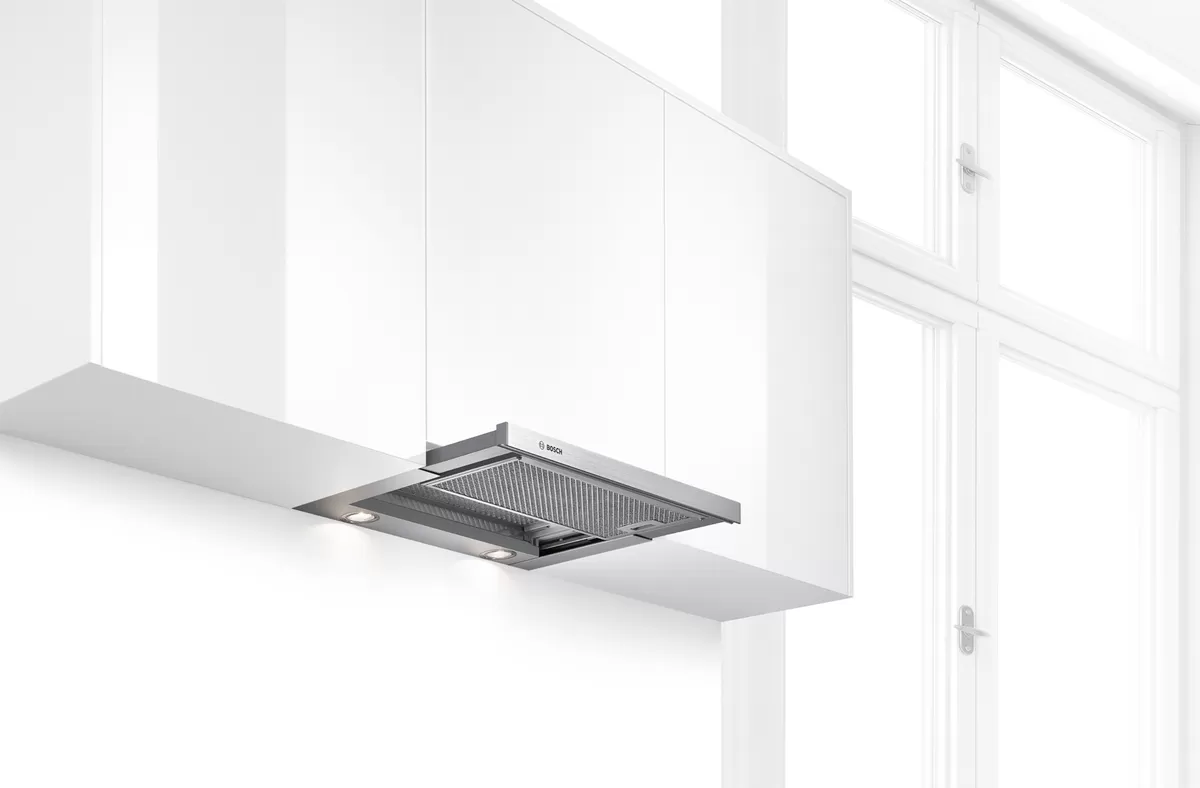How do I know the size of kitchen extractor fan I need? 3 Main Types
It’s important to understand the size of your kitchen extractor fan so you can select an appropriate one for your home. A good kitchen extractor fan should have a high CFM rating, a proven quality rating and a certified energy efficiency rating. For most homes that are less than 1,500 square feet in area, it’s recommended to go with a 6-inch diameter model or less.
If you have more than 1,500 square feet of space, you can go with either a smaller 4-inch diameter model or the larger 8-inch diameter model. The two main options for smaller homes are 70 cfm vs 114 cfm and 90 cfm vs 139 cfm. In addition to this guide, we also provide some helpful tips on how to find the right kitchen extractor fan for your home based on its size.

What is the size of your kitchen extractor?
You should know how much square footage your kitchen has in order to know the size of your kitchen extractor. In general, an extractor fan is at its strongest when it needs to push out a lot of air. Some commonly measured areas include the width (w), length (l), and height (h).
For example, for a room that’s 8 feet by 10 feet in size, you could use an 8-inch diameter model or larger. For a room that’s 16 feet by 20 feet in size, you would go with either a 6-inch diameter model or 8-inch diameter model.
What are the main types?
There are three main types of kitchen extractor fans. They are the central-floor, the downflow and the pedestal models.
Central-Floor: This type of kitchen extractor fan is located on the floor underneath the stove in your kitchen. It’s also a popular choice for kitchens that don’t have a lot of counter space because it doesn’t use as much floor space as other kitchen extractors.
Downflow: This type of kitchen extractor fan is located at a lower level than your stove or cooking area. It’s common for this type to be installed next to your oven, refrigerator or dishwasher.
Pedestal: This type of kitchen extractor fan is located at the same height as your countertop and uses a hose that extends out from your sink, usually into an exhaust hood attached to it.
The following list contains some additional factors you should consider when looking for a quality kitchen extractor fan:
Which should you buy?
It’s important to note that if you’re looking for a smaller extractor fan, you should go with the 70 cfm or 90 cfm options for homes less than 1,500 square feet. For larger homes with 1,500 square feet or more of area, it’s recommended to go with either a 4-inch diameter model or the 8-inch diameter model.
If you have any questions about which size would be best for your home, please contact our customer service team so we can help you find the perfect kitchen extractor fan for your home.
What’s the difference between 70 and 114 cfm models?
If you have a smaller home, it’s recommended to go with the 70 cfm or 114 cfm model. These models are ideal for areas that are less than 1,500 square feet in area.
What’s the difference between 90 and 139 cfm models?
A 90 cfm fridge extractor fan is recommended for homes that are smaller than 1,500 square feet in area.
A 139 cfm fridge extractor fan is recommended for homes that are larger than 1,500 square feet in area.
Why do I need a certified energy efficiency rating on my model?
Energy efficiency is a word that many people are starting to hear more and more, so it’s important to note that when you’re looking at kitchen extractor fans, not all models will have a certified energy efficiency rating. According to the U.S. Department of Energy’s Energy Star website, an energy efficient appliance or product has a certified energy efficiency rating of 90+ or higher on the ENERGY STAR web site.
Certified appliances like this can run up to 20% more efficient than non-certified appliances. If you want your kitchen extractor fan to be as energy efficient as possible, make sure it has a certified energy efficiency rating or go with one of the smaller models with 70 cfm or less that meet these requirements
6-inch vs 4-inch diameter models
It’s recommended that you go with a smaller 4-inch diameter model if your kitchen is less than 1,500 square feet in area. These models are cheaper, more efficient and easier to install. They’re also good for tight spaces.
If your kitchen is between 1,500 and 2,000 square feet, it’s recommended to go with a 6-inch diameter model. This can be installed by just one person but requires major renovations to the ceiling and walls.
If your kitchen is over 2,000 square feet in area, it’s recommended that you get an 8-inch diameter model instead of the 6-inch diameter version mentioned above. This will require two people to install but they’ll need to be skilled professionals who know what they’re doing.
8-inch vs 6-inch diameter models
When shopping for an 8-inch diameter model, you should consider a smaller 4-inch diameter model.
If you have a smaller kitchen, the 6-inch diameter models are usually the best option. If you have a bigger kitchen, the 8-inch diameter models are usually the best option.
The smaller 4-inch diameter models make it easier to install in tight places that might be difficult with larger extractors. The smaller 4-inch diameter models also tend to be less noisy than the larger 8-inch diameter models.